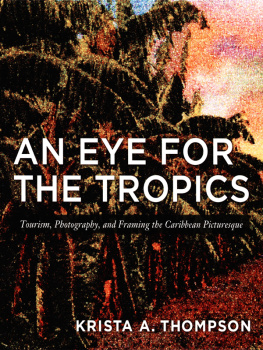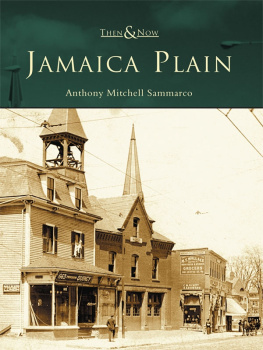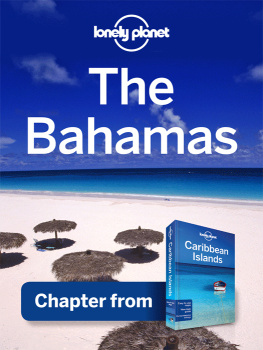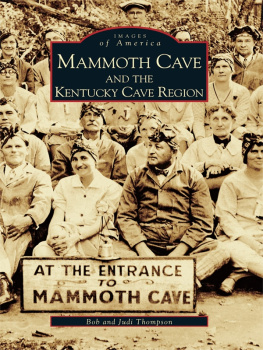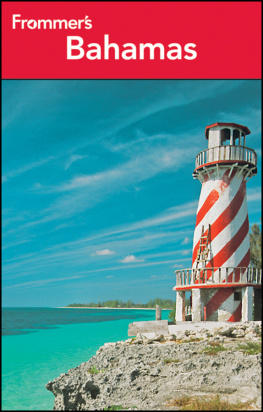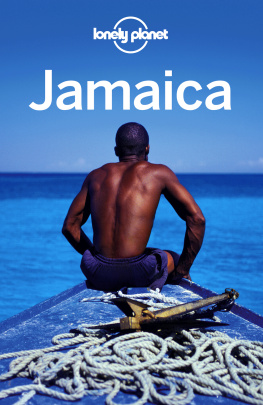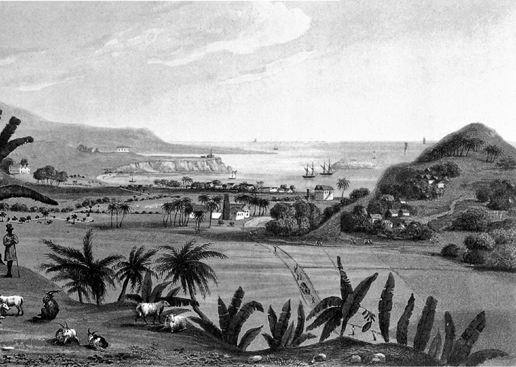ACKNOWLEDGMENTS
Like the many travelers chronicled in this book who scribbled messages to loved ones on postcards from far-flung destinations, I would like to pen thanks to the many persons who supported the long journey leading to this publication. The acknowledgments listed here, in a similar fashion to the inevitably impoverished postcard messages, cannot begin to express the depth of my appreciation.
I would like to thank Ivan Karp at the Institute of Liberal Arts at Emory University for his constant support and stern counsel. Richard Long also provided quiet but invaluable mentorship. In the Department of Art History David H. Brown and Judith Bettelheim opened the world of African diasporic arts to me, while Judith Rohrer introduced me to the miniature world of postcards. Deepika Bahri, Natasha Barnes, and Corrine Kratz also greatly contributed to the content of this book. I was fortunate enough to be at Emory University, and in the woods, when a group of bright young scholars working on Africa and the Africa diaspora came together to form more than an intellectual community but a supportive family. The friendship of Petrina Dacres, Pamela Franco, Jacqueline Francis, Peri Klemm, Heidi Ernst-Luseno, Mike McGovern, Stacy Morgan, Serigne NDiaye, Michelle Wilkerson, Veerle Poupeye, and Jay Straker continues to support and sustain me.
I thank faculty in the Department of Art History at the University of Illinois at Chicago for making the department such a collegial and spirited place. I especially acknowledge Ellen Baird, Bob Bruegmann, Deborah Fausch, Heather Grossman, Peter Hales, Hannah Higgins, Mary Johnson, Virginia Miller, David Sokol, Woodman Taylor, and Susanne Uslenghi. I truly grew as a scholar and educator by being in your midst. Special mention must also be made of Judith Kirshner, dean of the Department of Art and Architecture, for her leadership and support. Thanks to Carlene Camardo, my research assistant, for her invaluable assistance with the preparation of this book. My appreciation to Mary Beth Rose, Linda Vavra, and fellows at the Institute of Humanities at the University of Illinois, who created the stimulating environment of cross-disciplinary dialogue that informs this book.
Thanks to my colleagues in the Department of Art History and African American Studies at Northwestern University for their support, especially Sherwin Bryant, Hollis Clayson, Huey Copeland, Stephen Eisenman, Hannah Feldman, Darlene Clark Hine, Lyle Massey, Dwight McBride, Aldon Morris, Claudia Swan, and David Van Zanten. Thanks for making Northwestern so quickly feel like my institutional home. Thanks to Dean Dan Linzer and Sarah Fraser, chair of the Department of Art History, for their enthusiasm, drive, and vision.
I must also acknowledge the hardworking team at Duke University Press, who have shepherded me through the publication process, especially Ken Wissoker and Anitra Grisales. Thanks for your patience and counsel.
I was the fortunate recipient of a postdoctoral fellowship at the David Driskell Center for the Study of the African Diaspora in 2003, which facilitated the writing of the manuscript. My sincerest gratitude goes out to David Driskell, Eileen Julien, and Daryle Williams for making the Driskell Center an invaluable, vibrant, and multifaceted space of intellectual exchange on the African diaspora. Thanks to my fellow post-doc Stanford Carpenter for his comments on early drafts of the manuscript.
The wider community of scholars and friends working on the African diaspora and the Caribbean in Chicago, especially Mike Hanchard, Richard Iton, and Harvey Neptune, also generously critically engaged my work and more generally made the Windy City a warmer place. I also acknowledge the work of Michael Dash, Gail Saunders, David Scott, Patricia Mohammed, Michel-Rolph Trouillot, Deborah Willis, and the anonymous readers of the manuscript, scholars whose insights profoundly shaped the contours of this book.
Thanks to the many people whose collections and recollections were central to this book, particularly David Bailey, Barbara Blake-Hannah, David Boxer, Michael Cooke, Christopher Cozier, Raymond Brenden, Mark and John Fondas, Ronald Lightbourn, Che Lovelace, Joy Lumsden, John Maxwell, Michael Owens, Sylvia Munro, Irne Shaw, David Smith, and Fred Wilmot.
Many persons in research institutions and photographic archives on both sides of the Atlantic were invaluable to this project. My sincerest appreciation to the staff of the Department of Archives and Public Records, the Nassau Public Library, and the National Art Gallery of the Bahamas; in Jamaica, the Special Collections Department of the Library at the University of the West Indies, the National Library of Jamaica, the Institute of Jamaicas Museums Division, the National Gallery of Jamaica, the Public Records Office, the Jamaica Tourist Board Library, and the Jamaica Gleaner; in Barbados, the Caribbean Tourism Organizations library and the Barbados Museum and Historical Society; the Caribbean Contemporary Arts center in Trinidad; the Public Records Office and Botanical Gardens in Kew, U.K.; the Library of Congress, Washington D.C.; and the Schomburg Center for Research in Black Culture in New York. I trust that the research facilitated by your institutions that resulted in this book will in turn contribute to the documentation of your valuable photographic archives. My sincerest gratitude to the interlibrary loan departments at Emory University, Atlanta, the University of Illinois at Chicago and Northwestern University for tirelessly tracking down obscure sources from throughout the world.

